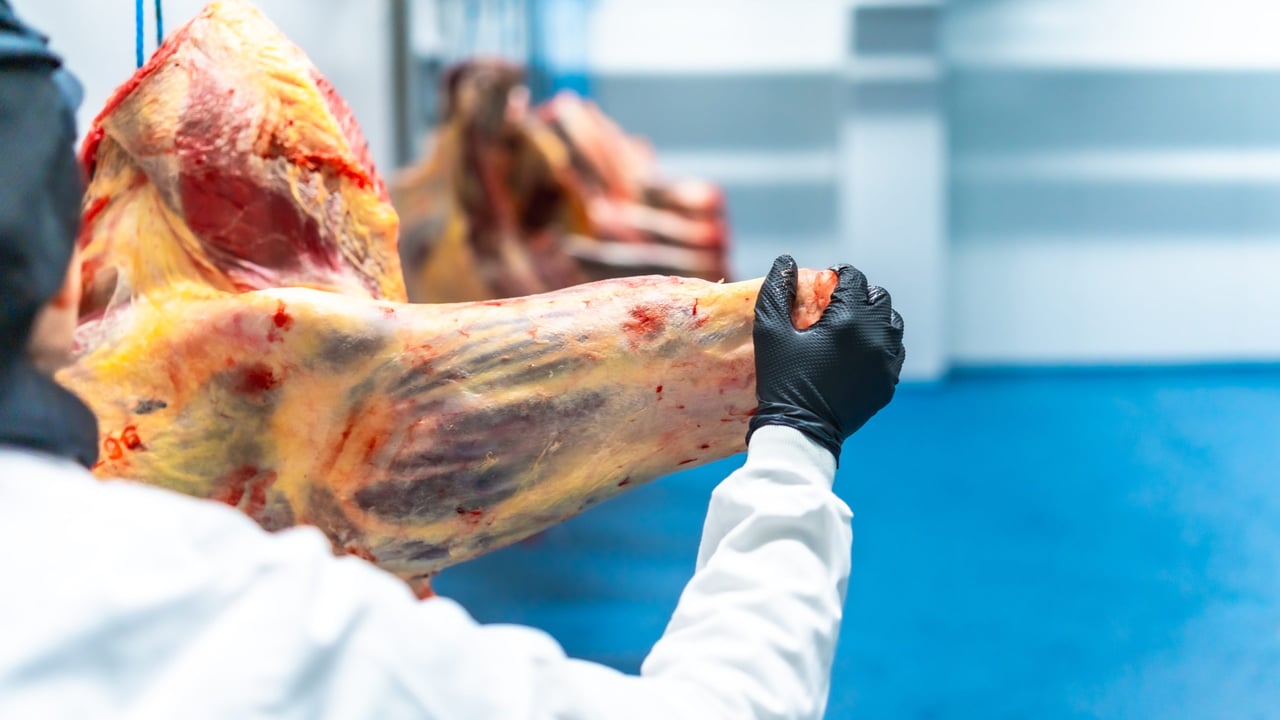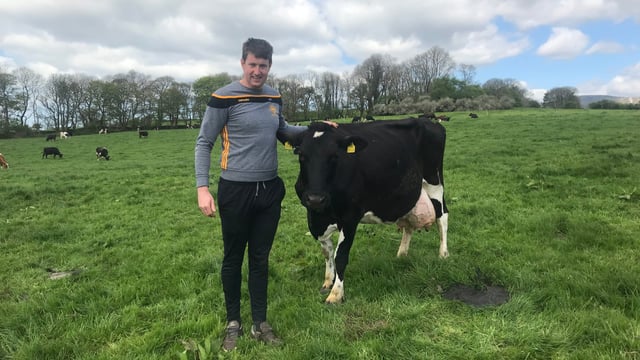Ireland was 233% self-sufficient in meat in 2024 - CSO
Ireland’s rate of self-sufficiency for meat increased to 233% in 2024, compared to 230% in 2023, new figures from the Central Statistics Office (CSO) show.
The self-sufficiency rate went up for all categories of meat except for sheep meat, which fell from 405% to 385%.
The supply of total meat grew by 17,000t (1%) to 1.45 million tonnes in 2024.
Beef and veal accounted for 642,000t (44%) of supply, followed by pig meat at 393,000t (27%), and poultry at 351,000t (24%).
Sheep meat accounted for the remaining 67,000t(5%).
In 2024, the total volume of slaughterings rose by 22,000t (up 2%) despite slaughtering of sheep meat falling by 7,000t (down 10%).
Poultry (up 14,000t, 8%) and pig meat (up 11,000t, 4%) were the main drivers of this growth.
Net exports
The volume of net exports of total meat grew by 7,000t (up 1%) to 632,000t, according to the CSO figures.
The net export of pig meat grew by 13,000t (up 10%) to 144,000t while the net export of beef and veal grew by 3,000t (up 1%) to 509,000t.
The net export of sheep meat fell by 6,000t (down 11%) to 48,000t.
Poultry was the only meat type where there were net imports, with the volume of imports exceeding exports by 70,000t, an increase of 3,000t on the previous year due to higher imports.
The annual per capita human consumption of total meat increased by 1% to 100kg in 2024, the CSO figures show.
Per capita consumption of poultry meat grew by 2kg (up 5%) to 49kg, while the per capita consumption of all other meats fell.
Poultry accounted for 49% of a person’s annual average meat consumption, followed by pig meat at 31%, beef and veal at 17%, and sheep meat at 3%.





